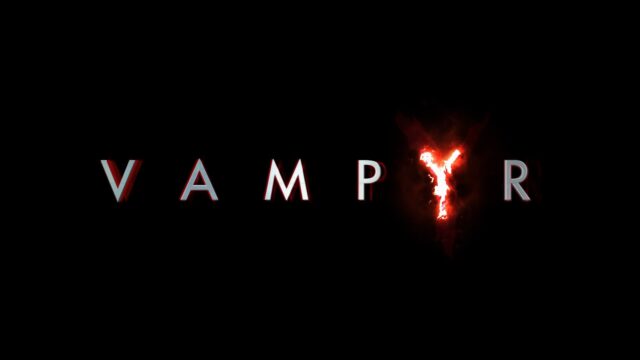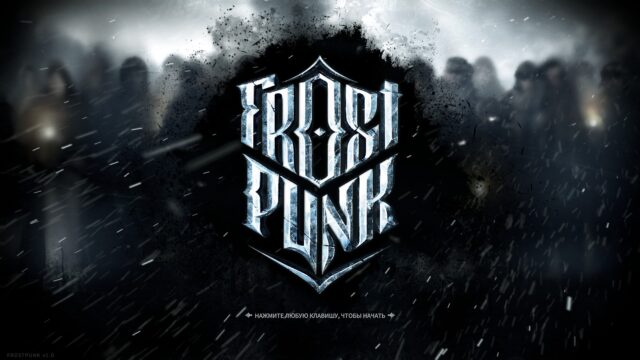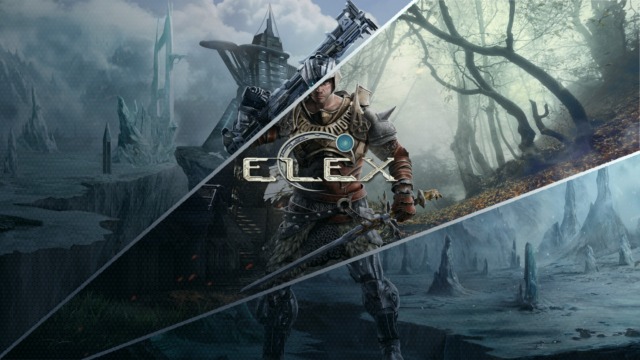Hyper Light Drifter, Snob Opinion
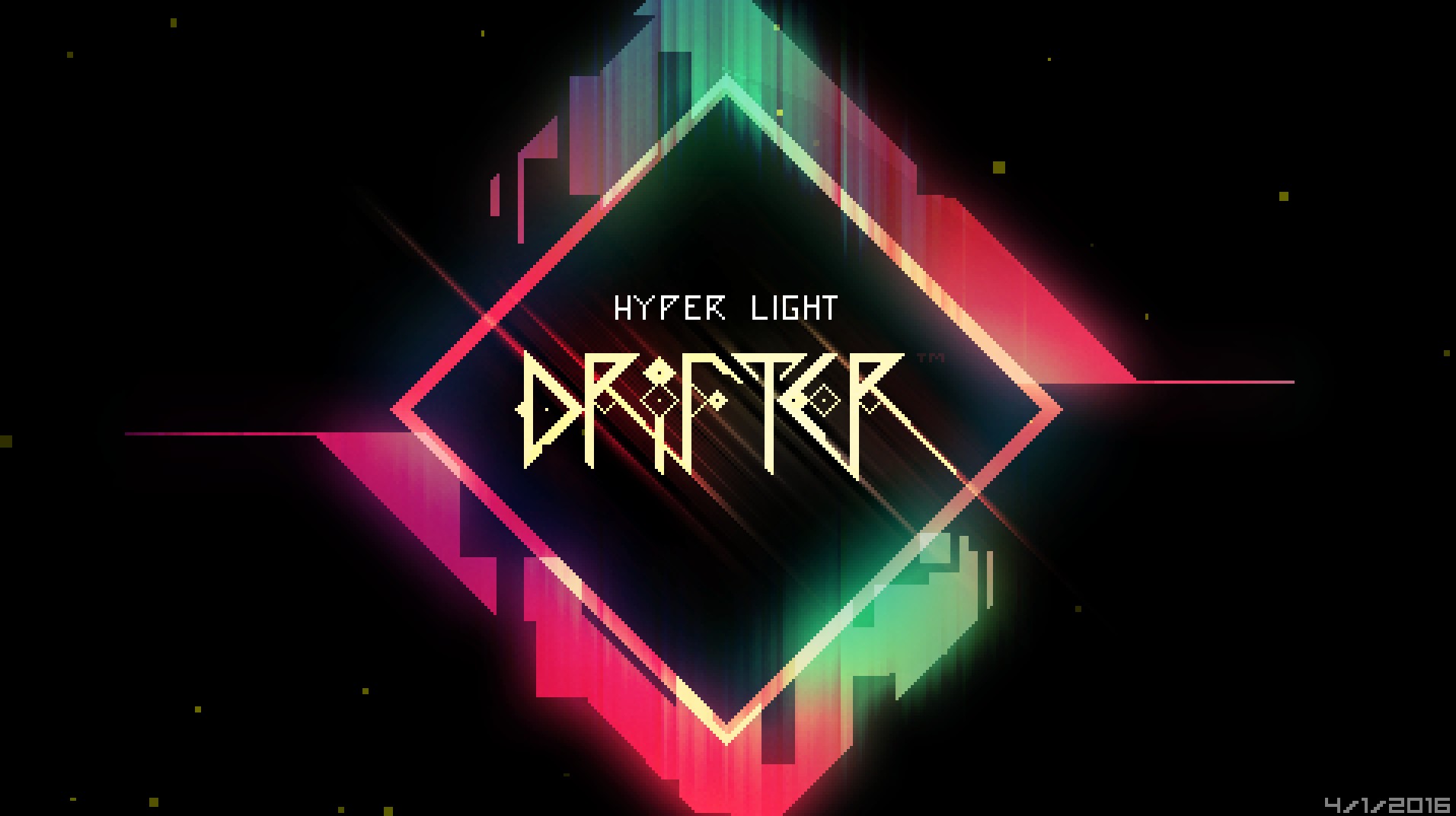
Hyper Light Drifter really, really wants to appeal to the speedrunning community and its sympathizers. Speedrunners, by the way, are comrades who play games for speed. The conditions and options for local races can be very diverse – you can complete 100% of the content or simply reach the final cutscene, use game glitches or not mess with broken code, run at a certain difficulty level, and so on. The best part is when you speedrun an old hardcore platformer like Megaman. There you will find tricks, drama, and waves of nostalgia.
The speedrunning community, although active, is quite small. The thing is, a few years ago, foreign enthusiasts gathered together and organized a charity marathon on Twitch.tv called Awesome Games Done Quick. The event turned out to be popular and, accordingly, successful. The debut marathon in 2010 marked the start of an ongoing series; every six months, gamers raise hundreds of thousands of dollars for charity. The most recent AGDQ donated a whopping $1,216,079 to the Prevent Cancer Foundation.
So, what’s the point of all this? It’s not hard to guess that over the years, speedrunners have managed to, firstly, popularize their unique pastime quite well, and secondly, “devour” a ton of games. There are timeless classics like Legend of Zelda: Ocarina of Time or Super Metroid, which they always play during the marathons, but it’s obvious that as the marathons continue, runners will need fresh disciplines. During the last AGDQ broadcast, they didn’t hesitate to showcase projects that were still in “early access.”
Why is this popular online event not just a platform for sales?
Actually, even if the developers didn’t specifically have the aforementioned charity marathon and its audience in mind, Hyper Light Drifter caters to the “AGDQ audience.” It offers special, spectacular hardcore gameplay, with a focus on precise execution of virtual acrobatics. It includes obstacles that penalize failures primarily with time penalties. It involves numerous attempts to complete the same episode. It invites players to calculate the “perfect route.”
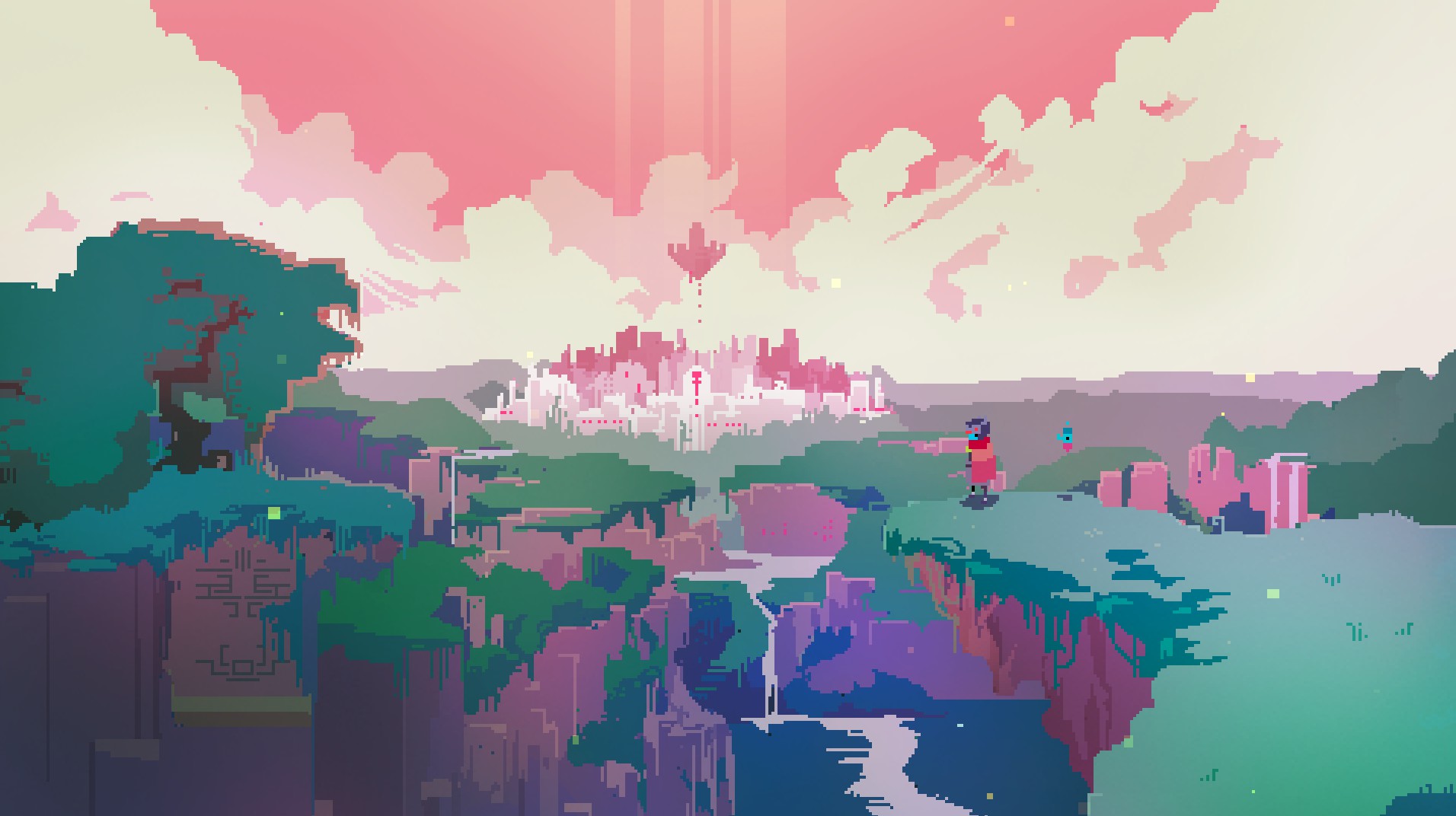
Did the developers manage to create the desired photogenic game? Most likely, yes.
First of all, HLD succeeded with its vibrant 2D graphics. The unconventional color palette with cheerful cubes scattered in every corner and the black rain start to please from the first frame, and when it comes to some epic battles, the monitor turns into a real celebration. Of course, the player may not pay much attention to it, but the viewer…
Not stopping there, the designers boldly removed any text from the game. The local characters communicate with the hero about the plot and background solely through images. This should be great from both sides – the overall atmosphere will immerse you even more, and on Twitch.tv, there will be no need to pause while every viewer reads what’s going on. All for the people!
However, not being a streamer or even a speedrunner, your humble self would still like to read something about the world of Hyper Light Drifter. Well, no problem.

Further down the bread-spectacle list are the actual levels. Here everything is also wonderful, mainly due to the intricate twists and turns on the maps. Roughly speaking, the game has four healthy locations, each of which needs to find several, um, let’s call them beacons. Several “uncovered” beacons will open the way to the boss, defeating whom in three out of four cases will mean a successful completion of the level. Everything is simple and clear. Well, until it turns out that the local world is full of secret locations, non-obvious trampolines, and other joys of an inquisitive hardcore player.
You come out to another location, and there, not only are there immediately two obvious roads further, but also a barely visible path peeks out from behind the bushes, and it seems that you can jump from the cliff to that tempting platform over there. And behind each first bush, there is either a coin for improving abilities, or a piano, or a whole dungeon. After a couple of the aforementioned pleasant surprises, you start scrutinizing every screen like in the “Find ten differences” pictures.
Which, again, is equally fun for both the player and the crowd of spectators.
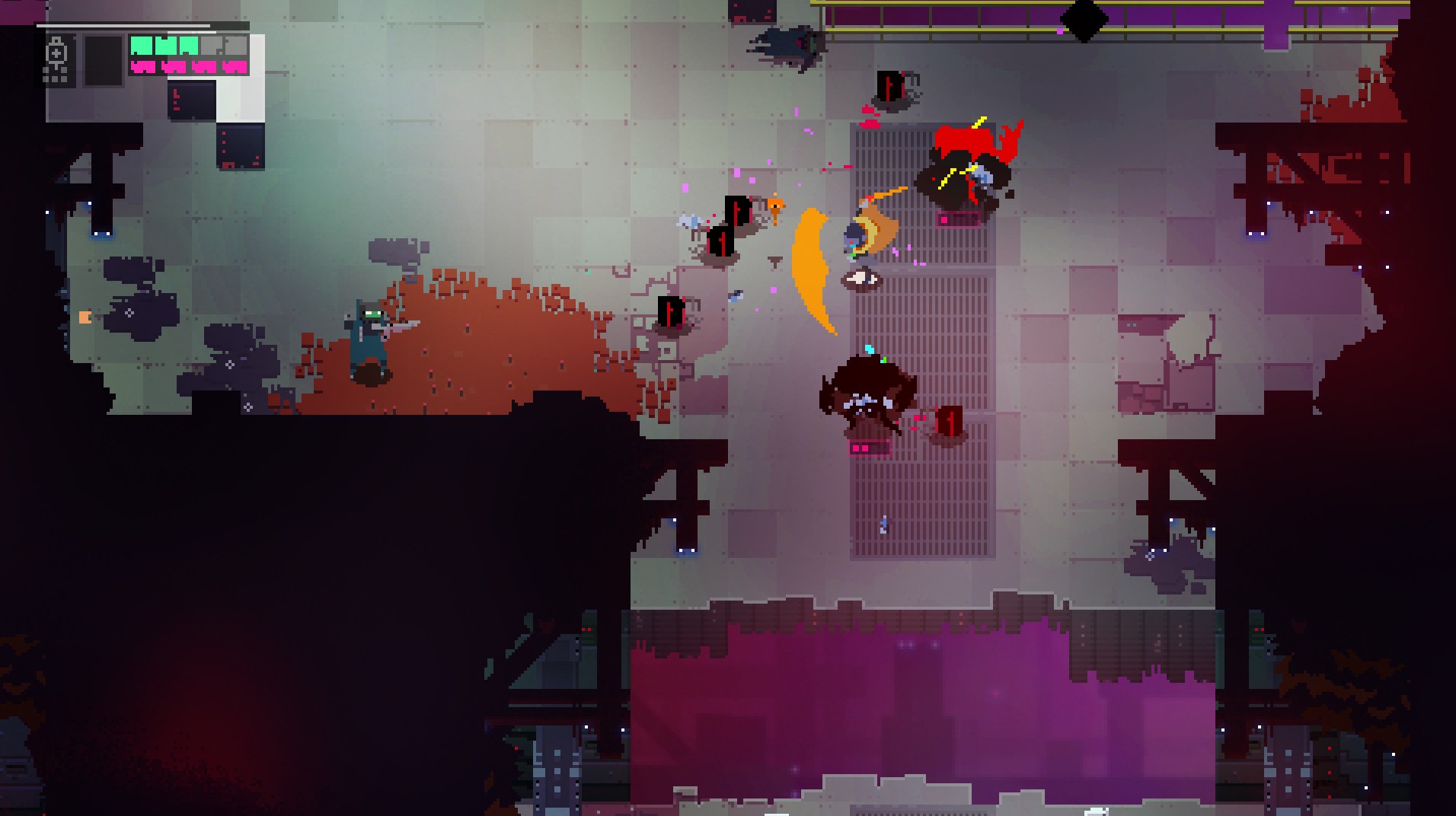
And finally, the fights. Here, everything is also carefully choreographed in advance, and the main thing is to adjust to the choreography designed by the designers. For each new enemy, of course, you need to learn their rhythm, but usually one or two diligent attempts are enough to learn the local dances around the monsters. HLD likes to subtly hint where exactly to aim and carefully pauses before each cool move, showing off our timings. We may be complex, but still, everyone will get through us the first time!
At some point, this system of yours started not to repel completely, but somehow to ruin the mood. Sorry, but you can’t recreate the magic of bone-crushing classic episodes like the motorcycle level from Battletoads, where unfortunate gamers hit their heads and gamepads against the walls but kept eating cacti. You can create your own, recreate That One, you can’t. Otherwise, you end up with those fake Christmas tree ornaments from the joke – they look real, but the genuine joy is missing.

Objectively, HLD is cool, but it plays too many correct notes. Strange, it seems like a complaint. But what can you do if instead of our beloved “soulful game” – with its rough edges, unexpected flaws, and equally unexpected merits – Drifter turned out to be a distilled product for Twitch.tv? Made not for gamers, but for streamers. So that they would play it on their broadcasts, and then a crowd of impressionable people would buy the game and never launch it afterwards.
But, perhaps, in order to feel this synthetic taste in our warm, vintage hardcore 2D platformer, you need to be both a saturated fan of the genre and a strong snob.
Share
Discuss
More Reviews

